Increasing Focus on Blood Safety
The platelet agitator market in South America is significantly influenced by the increasing focus on blood safety and quality assurance. Regulatory bodies are implementing stringent guidelines to ensure the safe handling and storage of blood components. This heightened emphasis on safety has led to the adoption of advanced platelet agitators that comply with these regulations. Hospitals and blood banks are investing in state-of-the-art equipment to minimize the risk of contamination and ensure the viability of platelets. The market is expected to witness a growth rate of approximately 10% as healthcare providers prioritize safety and quality in blood transfusion practices. This trend underscores the critical role of platelet agitators in maintaining the integrity of blood products.
Rising Demand for Blood Components
The platelet agitator market in South America experiences a notable increase in demand for blood components, particularly platelets. This surge is driven by the growing prevalence of blood disorders and the need for effective transfusion therapies. According to recent data, the demand for platelet transfusions has risen by approximately 15% annually in the region. As hospitals and blood banks strive to meet this demand, the adoption of advanced platelet agitators becomes essential. These devices ensure optimal storage and preservation of platelets, thereby enhancing their efficacy during transfusions. The increasing awareness of the importance of blood component therapy further propels the growth of the platelet agitator market in South America, as healthcare providers seek to improve patient outcomes through better management of blood products.
Expansion of Healthcare Infrastructure
The expansion of healthcare infrastructure in South America is a significant driver for the platelet agitator market. Governments and private entities are investing heavily in healthcare facilities to improve access to medical services. This expansion includes the establishment of new hospitals and blood banks, which necessitates the procurement of advanced medical equipment, including platelet agitators. As the healthcare sector grows, the demand for efficient blood component management systems is likely to increase. Recent reports indicate that healthcare spending in South America is projected to reach $500 billion by 2027, creating a favorable environment for the platelet agitator market. This growth in infrastructure not only enhances service delivery but also promotes the adoption of innovative technologies in blood management.
Rising Awareness of Platelet Disorders
The platelet agitator market in South America is also driven by the rising awareness of platelet disorders among the population. Conditions such as thrombocytopenia and other platelet-related diseases are becoming more recognized, leading to increased demand for effective treatment options. As healthcare providers focus on diagnosing and managing these disorders, the need for reliable platelet storage and handling solutions becomes paramount. Educational campaigns and community outreach programs are contributing to this awareness, prompting patients to seek medical attention for platelet-related issues. Consequently, the market for platelet agitators is expected to grow as healthcare facilities enhance their capabilities to address these disorders, ensuring that patients receive timely and effective care.
Technological Innovations in Medical Devices
Technological innovations play a crucial role in shaping the platelet agitator market in South America. The introduction of advanced features such as automated monitoring systems, user-friendly interfaces, and enhanced safety protocols has transformed the functionality of platelet agitators. These innovations not only improve the efficiency of platelet storage but also ensure compliance with stringent safety regulations. The market for medical devices in South America is projected to grow at a CAGR of 8% over the next five years, indicating a robust environment for the adoption of cutting-edge platelet agitators. As healthcare facilities increasingly prioritize the integration of technology into their operations, the demand for sophisticated platelet agitators is likely to rise, further driving market growth.



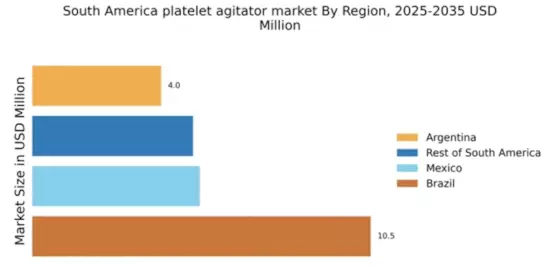
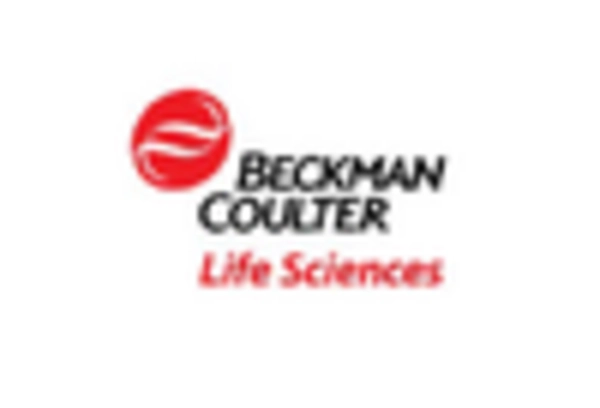
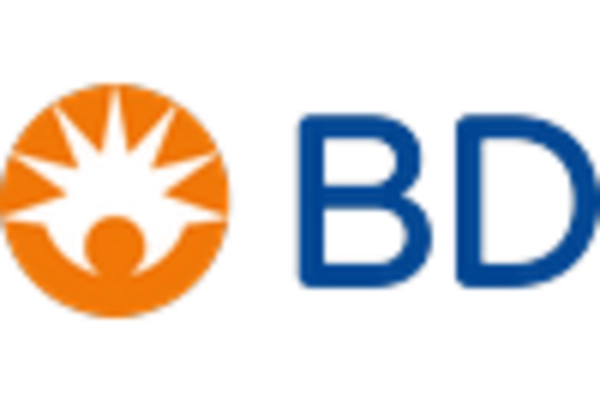
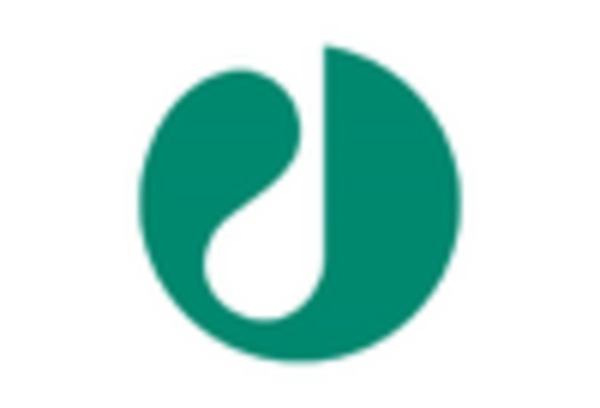
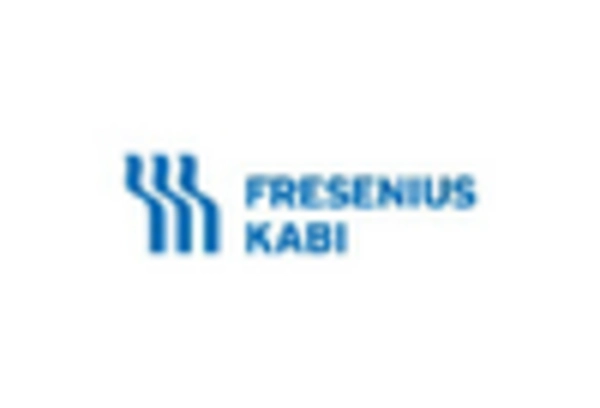










Leave a Comment